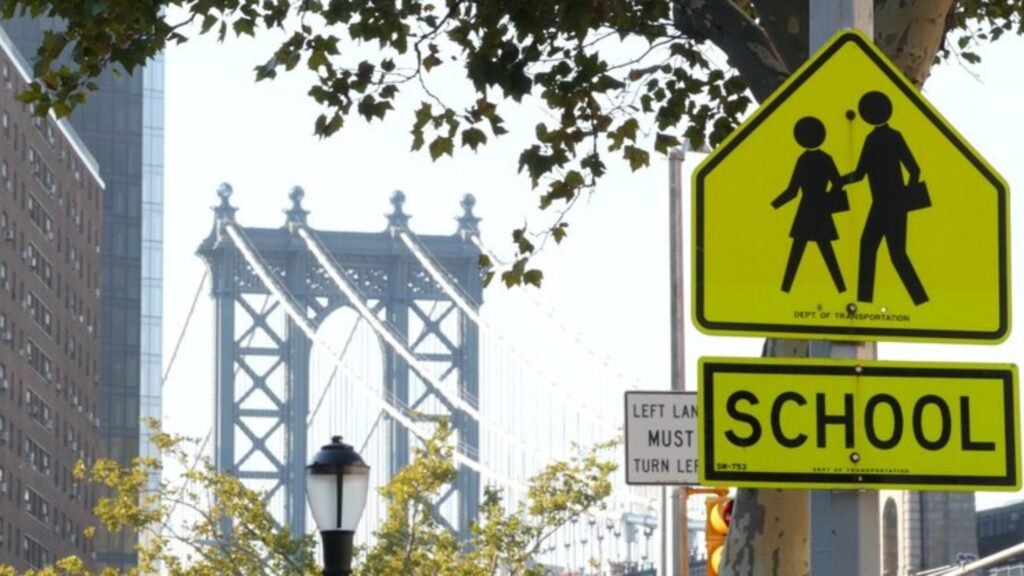
School signs are more than just decorations. They give important information, show school pride, and help keep students and visitors safe. School Signs in Washington DC need to follow local rules and send the right message. But sometimes schools make simple mistakes that can lead to confusion, poor communication, or even legal problems.
Here are the top five mistakes schools often make with their signs and banners, and how to avoid them.
1. Not Following the Law
Some schools put up signs or banners without checking the city rules. In Washington DC, there are laws about where signs can go, how big they can be, how long they can stay up, and how bright they can be if they light up. These rules help keep neighborhoods looking nice and safe for everyone.
How to avoid this mistake:
Before putting up a sign or banner, schools should check the local laws. They can talk to a sign expert or the city office to make sure their signs follow all the rules. This helps schools avoid fines or being forced to take the signs down later.
2. Putting Too Much Information on One Sign
Sometimes schools try to share too much information on a single sign. They might list many events, dates, names, or rules all in one place. This makes the sign hard to read, especially for people walking or driving by quickly.
How to avoid this mistake:
Keep signs simple and easy to read. Use short sentences and big, clear letters. If the school has a digital sign, they can change the message every few seconds to show different information one at a time. That way, everyone can read the message without getting confused.
3. Using Old or Broken Signs
Signs that are faded, torn, or missing letters make a school look messy or uncared for. Broken lights or old banners can make it harder for visitors to find their way or understand what’s going on. It also gives the wrong impression about the school.
How to avoid this mistake:
Schools should check their signs often to make sure they look good and work properly. If something is broken, it should be fixed or replaced right away. Many schools in Washington DC now use school signs that are digital. These signs are easier to update and don’t wear out as quickly.
4. Not Making Signs Easy for Everyone to Read
Some signs are hard for people with disabilities to read or understand. They might be placed too high, use strange fonts, or have colors that are hard to see. In cities like Washington DC, where there are many different people, signs also need to be helpful for people who speak other languages.
How to avoid this mistake:
Schools should follow the ADA (Americans with Disabilities Act) rules when making signs. This means using clear letters, strong contrast in colors, and placing signs where everyone can see them. In areas with many languages, schools can use symbols or translations to help everyone understand the message.
5. Using Too Many Temporary Banners
Banners are good for special events like sports games, fundraisers, or school plays. But when banners are placed all over fences and walls, it can make the school look cluttered. If banners stay up too long, the school might even get in trouble for breaking local time limits for temporary signs.
How to avoid this mistake:
Schools should plan where to put banners so they don’t look messy. After an event is over, banners should be taken down quickly. Many schools now use digital school signs in Washington, DC to share messages without needing to hang new banners each time. This keeps the school looking neat and organized.
Wrapping It Up
Signs and banners help schools share news, celebrate events, and guide people. But if they are not used the right way, they can cause problems. In a busy place like Washington DC, schools need to be smart about their signs. Following the rules, keeping signs simple, and making sure they are easy to read will help schools look their best.
By avoiding these five common mistakes, schools can create a safer, friendlier, and more welcoming space for students, parents, and visitors. When signs are done right, they don’t just give directions, they help build school spirit, keep people informed, and make the school a better place for everyone.